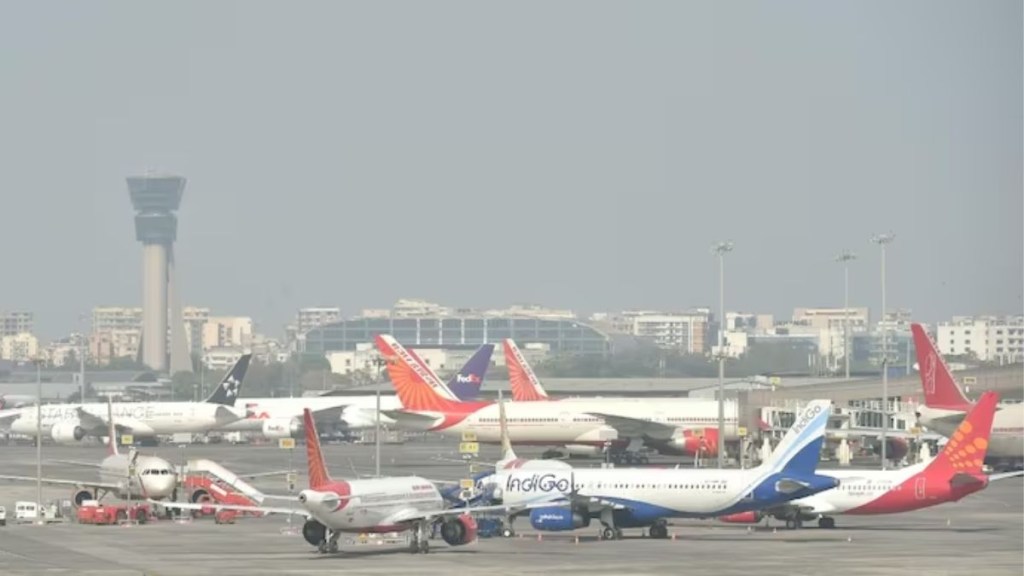In response to the recent incident involving an Alaska Airlines Boeing 737 Max 9 aircraft, the Directorate General of Civil Aviation (DGCA) in India conducted emergency exit checks on Boeing 737-8 Max planes, ensuring the safety of passengers and aircraft operations. Aviation regulator on Monday (January 8) announced that the inspections of emergency exits on Boeing 737-8 Max planes have been completed satisfactorily.
“These checks have been satisfactorily performed on the fleet of operational fleet of Boeing B737-8 Max aircraft by Air India Express (4), Spicejet (8) and Akasa (20),” DGCA said in a statement.
Moreover, Akasa Air also includes one B737-8200 aircraft with a mid-cabin door, and the operational check on this door was also completed satisfactorily.
DGCA’s swift action
The checks were directed by the DGCA as an “abundant precautionary measure.” The directive was issued to all domestic airlines operating these aircraft, mandating immediate inspections to address any potential issues related to emergency exits.
Why did DGCA call for inception?
The directive came after the Alaska Airlines incident on January 5, where a Boeing 737 Max 9 aircraft experienced an in-flight departure of a mid-cabin door plug, leading to rapid decompression. To ensure the continued safety of flights, DGCA acted promptly to inspect emergency exits on the Boeing 737-8 Max planes operated by Indian carriers.
The completion of these checks provides assurance regarding the airworthiness of the inspected Boeing 737-8 Max fleet, demonstrating the commitment of Indian airlines to maintaining the highest safety standards in aviation. The DGCA remains vigilant in addressing any potential safety concerns, reflecting its dedication to passenger well-being and the overall safety of air travel in Indian airspace.

